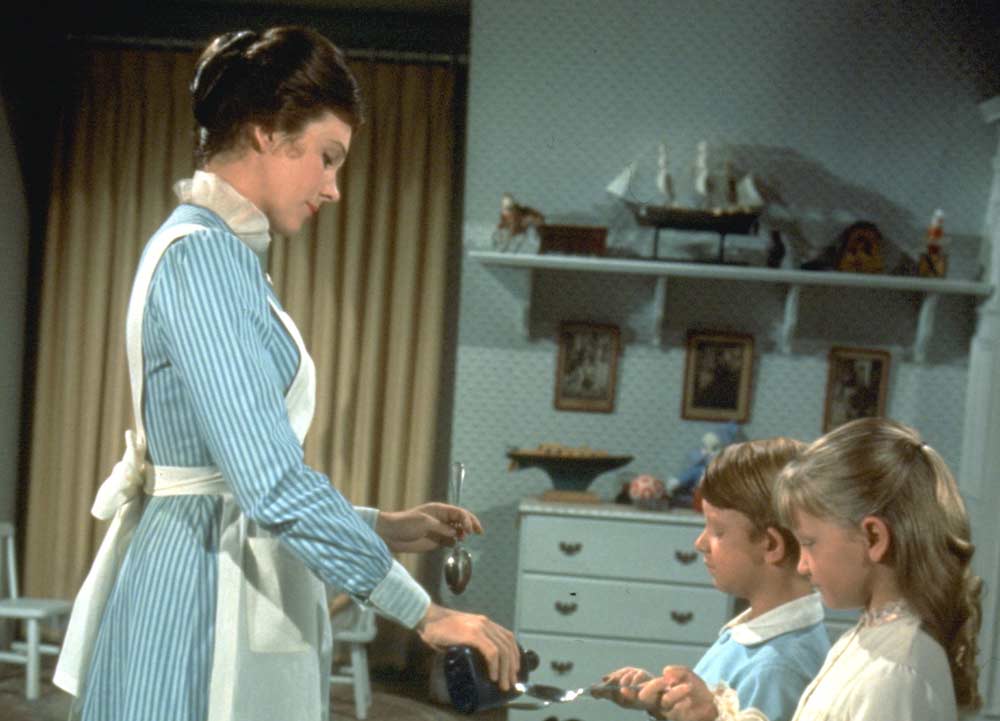Investing in capital markets means taking your medicine. I mean that markets have an incredible consistent habit of reminding us that over short-term periods they are wildly unpredictable.
Sometimes even when you are wrong, you are right, and when you are right you are wrong. Wait is that right? Case in point the behavior of the markets post election. I like many assumed a Clinton victory. I was wrong, medicine taken there.
I, like many others thought that a surprise Trump win might lead to a drastic overreaction to the downside in markets. I thought it would be potentially excellent tactical buying opportunity. Here I was right, and I was wrong. The markets did drop, and they dropped fast, futures traded down 5% over night until trading was halted. However, this short-term downswing was much shorter than I expected (I had thought at least a week like the Brexit swing) as markets recovered the following morning. Markets have been climbing ever since. Take a little more medicine on that one.
What was great about this recent activity in the markets is that it reiterates and important investing point. You can always be wrong. You can put in the time, the research, have sound logic, be well educated, etc., but you can always be wrong when dealing in capital markets.
Knowing that we can always be wrong is why we diversify our portfolios. It is why we use a broad benchmark like the Vanguard World as a framework to build our equities portfolio.
Knowing that we can always be wrong is why as investors we scrutinize over our asset allocation, and make sure we have the right mix of stocks, bonds and cash in our portfolio in relation to our goals, time horizon, and cash flow needs.
If we were never wrong we could make wholesale shifts in our portfolios into and out of different types/categories of securities. We can’t do that, so we ask and analyze “what happens to our portfolio if we are wrong? What are the different ways we could be wrong?”
We as investors always have to be ready to take our medicine, because Mr. Market is really unpredictable over short-term periods.
Successful investors, whether they are managing their own portfolios or professionals managing their client’s portfolios have an investment philosophy and process. Having core investing beliefs and a repeatable process is step 1 in being successful when investing in capital markets.
To help illustrate this point, below is an excerpt from A Wealth of Common Sense written by Ben Carlson.
An investor without a well thought out investment philosophy might as well be throwing their money away in a Ponzi scheme or putting ear drops up their butt, because there’s no use in implementing a portfolio strategy without first understanding your investment philosophy. An investment philosophy is simply a set of principles that will guide your actions when making portfolio decisions. It’s your core beliefs.
It may seem like a minor distinction, but an investment philosophy must be determined before a portfolio strategy can be implemented. It’s much easier to listen to a sound bite or top-10 list of tactics than to actually set out a list of principles that outline your investment philosophy, but the philosophy is so much more important. It’s how you determine your investment plan, and everything else falls into place from the broader philosophy.
The first point to understand is that there is no such thing as a perfect portfolio, a fool-proof system, a best-in-class asset allocation, just the right amount of risk to take, or the best time to buy and sell. Let go of all hope of ever finding precision in the financial markets. There is no such thing as stable relationships or rules that work at all times. Investment strategies are only perfect in a sales pitch. Your unique situation and personality type should dictate your philosophy. No style will work for everyone.
Philosophy leads to an investment strategy which leads to portfolio construction which is all worthless if you don’t have a process in place that allows you to follow each of these steps. Without an understanding of your philosophy you will almost surely jump ship at the first sign of trouble in the markets or your portfolio. An investment philosophy will get its true test during a market correction or crash. Doubt will begin to seep in. Temptation to make changes to your process will slowly creep into your psyche. Defining yourself as an investor can help relieve this issue.

